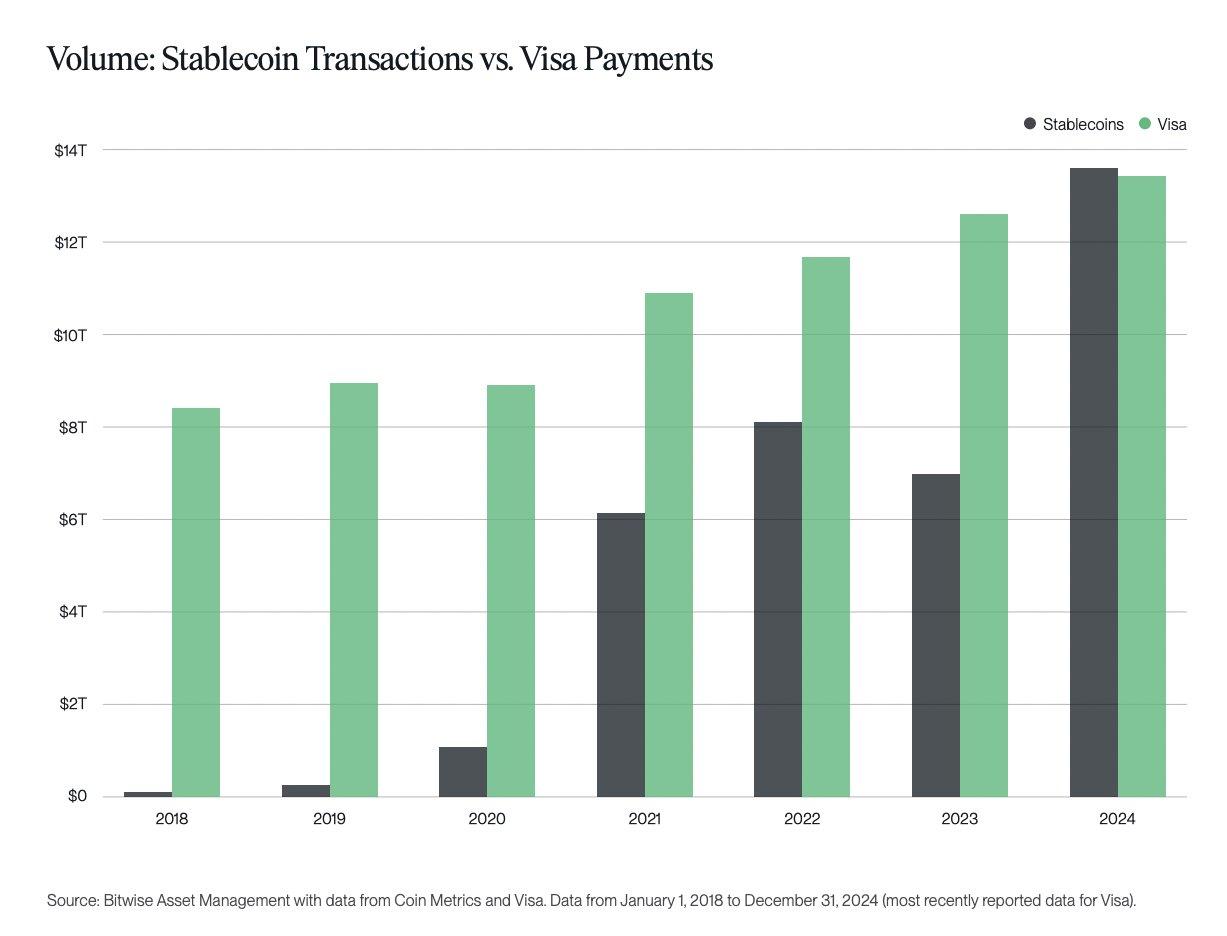PlanB, a famous Bitcoin analyst known for the Stock-to-Flow (S2F) model, recently criticized Ethereum as ETH's price and dominance have significantly declined since the beginning of the year.
His criticism raised doubts about Ethereum, the second-largest cryptocurrency by market capital, focusing on its core mechanisms, especially the use of Proof of Stake (PoS) instead of Proof of Work (PoW).
Why does PlanB call Ethereum "centralized" and "pre-mined"?
PlanB referenced an old post by Vitalik Buterin from 2022, where Buterin criticized the Stock-to-Flow model for creating a "fundamentally wrong sense" about Bitcoin's price. PlanB seized this opportunity to mock Ethereum, noting that the ETH/BTC trading pair has reached its nine-year low. He called Ethereum a "shitcoin," pointing out its centralized structure, pre-mined supply, use of Proof of Stake (PoS) instead of Proof of Work (PoW), and flexible supply schedule.
"I know mocking is not polite, but I think shitcoins like ETH, which are centralized & pre-mined, have PoS instead of PoW, change supply schedule at will, are harmful and deserve all the mockery they receive," PlanB said.
PlanB is not the only one with this perspective. Ethereum's transition to PoS through "The Merge" reduced energy consumption by over 99%. However, some experts believe this change has undermined the network's long-term value.
Meltem Demirors, a director at Crucible Capital, called this move a trillion-dollar mistake. She believes it has diluted Ethereum's core network and hindered GPU hardware innovation.
Besides criticizing PoS, PlanB also mentioned the controversy surrounding Ethereum's pre-mine.
ETH's tokenomics reveal that developers pre-mined over 72 million ETH in the early stage—approximately 60% of the circulating supply. This could give a small group excessive control, especially under PoS, where large holders have more influence on transaction validation.
"Pre-mine is really a big red flag, but I guess some people just don't care," PlanB added.
These criticisms have drawn attention as Ethereum's dominance reaches a five-year low and ETH has dropped nearly 60% since late last year.
Despite criticism, Ethereum plays an increasingly large role in practical applications
In response, analyst Danny Marques emphasized ETH's growing importance. He noted that the Ethereum network processed a large volume of stablecoin transactions in 2024, more than Visa. A Bitwise report shows stablecoins processed nearly 14 trillion USD, surpassing Visa's 13 trillion USD, while ETH-based stablecoin supply accounts for over 50% of total stablecoin supply.
 Stablecoin Transactions vs Visa Payments. Source: Bitwise.
Stablecoin Transactions vs Visa Payments. Source: Bitwise.Investor Wise also pointed out that Ethereum stores 56% of Real World Assets (RWA), including stablecoins.
Additionally, investor AllThingsEVM.eth argued that Ethereum is becoming less centralized each year, while Bitcoin is becoming more centralized. He cited the increasing trend of countries and organizations hoarding BTC.
"Tell me what happens when countries become the largest BTC holders while mining rewards become increasingly scarce. Will the network become more decentralized when the US or China operate most miners to 'protect' their stakes? Or will BlackRock create its own hard fork when they feel they need to upgrade issuance?" he said.
Despite ongoing criticism, Ethereum continues to improve its performance and scalability. Recently, co-founder Vitalik Buterin proposed replacing the Ethereum Virtual Machine (EVM) with RISC-V. This upgrade aims to enhance smart contract performance and scalability while maintaining backward compatibility with existing contracts.








